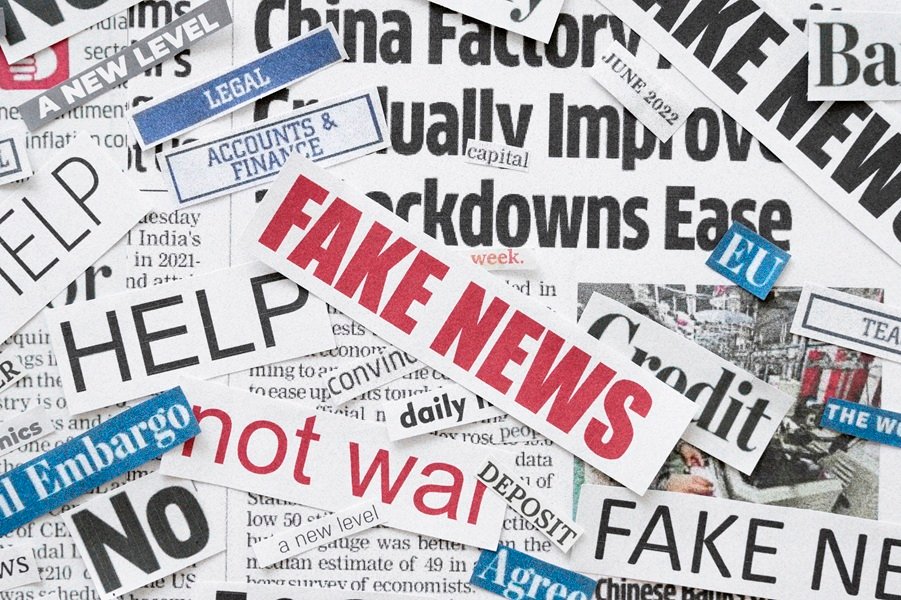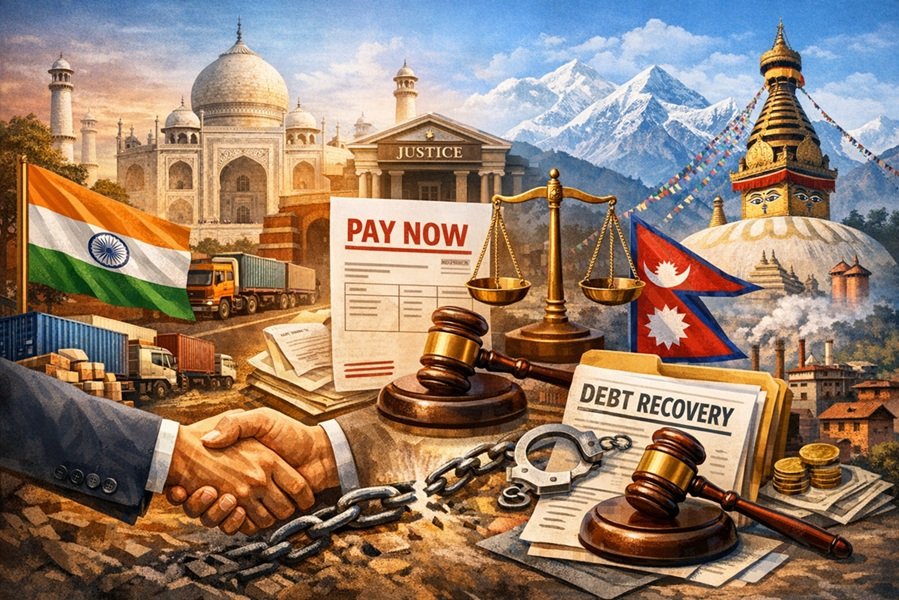
Introduction
On May 6, 2025, India launched Operation Sindoor, a precise and strategic military operation targeting terrorist infrastructure in Pakistan-occupied Kashmir (PoK) and select regions of Pakistan. The operation was a response to escalating cross-border terrorism and aimed at dismantling safe havens for militants threatening Indian sovereignty.
As expected, in the aftermath of this operation, Pakistan has begun a widespread disinformation campaign. From fabricated videos to false claims about civilian casualties and fake stories about Indian aircraft being shot down, Pakistan’s information warfare seeks to manipulate global opinion and destabilize domestic confidence within India.
In this digital age, fake news can spread faster than bullets. Thus, India must adopt a comprehensive, proactive strategy to counter Pakistan’s propaganda machine. This article explores effective methods India can use to combat disinformation and uphold the integrity of its national narrative.
Read This: India Launches ‘Operation Sindoor’; Precision Strikes Hit Nine Terror Camps in Pakistan and PoJK
Understanding the Nature of Pakistan’s Disinformation Campaign
Pakistan has a history of leveraging psychological operations (psy-ops) to influence perception, both domestically and internationally. After Operation Sindoor:
- Fake videos emerged on social media claiming to show destruction caused by Indian missiles to civilian homes—many of which were recycled from Syria or Gaza.
- Pakistani bot accounts on platforms like X (formerly Twitter) and Facebook propagated hashtags like #IndianAggression and #FreeKashmir.
- False claims were made about Indian jets being downed, with old images from the 2019 Balakot operation being reused.
These tactics aim to:
- Erode international support for India.
- Stir unrest in the Kashmir Valley.
- Polarize Indian society through fake communal or regional narratives.
How India Can Effectively Counter Fake News
1. Proactive Government Communication
A lack of credible official communication often gives rise to rumor mills. India must:
- Hold Daily Press Briefings: Ministries of Defence and External Affairs should offer consistent updates, sharing verifiable facts to prevent speculation.
- Use Visual Evidence: Sharing high-resolution satellite images, video footage, and verified photos of the operation’s results can effectively counter false narratives.
- Maintain Transparency: While operational secrecy is necessary, wherever possible, offering transparency reassures the public and discredits disinformation.
2. Building an Integrated Information Warfare Cell
India should establish a dedicated task force involving agencies like:
- Press Information Bureau (PIB)
- Indian Army’s Media Cell
- Ministry of Electronics & IT (MeitY)
- National Technical Research Organisation (NTRO)
- CERT-In (Indian Computer Emergency Response Team)
This integrated cell should be responsible for:
- Real-time tracking of fake news across platforms.
- Engaging with social media companies to take down misleading content.
- Coordinating counter-narratives across regional languages.
3. Leveraging Technology for Fact-Checking
India must invest in AI-driven content moderation and fake news detection systems. These tools can:
- Detect deepfakes and AI-generated misinformation.
- Flag viral content that is suspected to be part of coordinated campaigns.
- Help verify the authenticity of videos and images in real-time.
Partnerships with Indian tech companies and startups in cybersecurity and media forensics will be crucial.
4. Mobilizing Civil Society and Media
- Training Journalists: Conduct regular workshops for journalists on detecting fake news, verifying sources, and reporting responsibly during national security operations.
- Citizen Fact-Checkers: Encourage and promote platforms like BOOM Live, Alt News, and Factly to collaborate with the government in busting viral misinformation.
- Educational Campaigns: Launch nationwide digital literacy campaigns to teach citizens how to spot disinformation.
5. Diplomatic Engagement
- Briefing Foreign Governments: India’s embassies worldwide should proactively share verified details of Operation Sindoor with host countries and international media.
- Using UN and International Forums: India can highlight Pakistan’s use of hybrid warfare and fake news at international platforms like the UNHRC and G20 Digital Economy Working Group.
- Engaging Indian Diaspora: Encourage NRIs and diaspora organizations to act as global fact ambassadors, correcting misinformation in their regions.
6. Legal Framework and Enforcement
- Tightening Cyber Laws: Amend the Information Technology Act to penalize willful dissemination of fake news related to national security.
- Arresting and Prosecuting Offenders: Take strict legal action against domestic actors spreading Pakistani propaganda under sedition or UAPA provisions where applicable.
- International Cooperation: Work with Interpol and other cybercrime agencies to track down fake news generators operating from foreign soil.
7. Using Strategic Counter Narratives
India must not just deny fake stories but tell a better, truthful story. This can include:
- Highlighting the humanitarian aspect of India’s efforts (e.g., minimizing civilian harm).
- Showcasing India’s defensive posture and commitment to global peace.
- Exposing Pakistan’s duplicity in harboring terrorists while crying victim.
This narrative should be communicated in multiple languages, including Arabic, French, and Spanish, to ensure global reach.
Conclusion
In modern warfare, the battle for perception is as important as the battle on the ground. Pakistan’s fake news campaign following Operation Sindoor is an act of information terrorism that must be met with intelligence, strategy, and technological prowess.
India has the tools, talent, and democratic institutions to counter this menace effectively. A coordinated effort combining government vigilance, technological solutions, media integrity, and citizen awareness will be key to preserving national unity and truth in the digital age.







